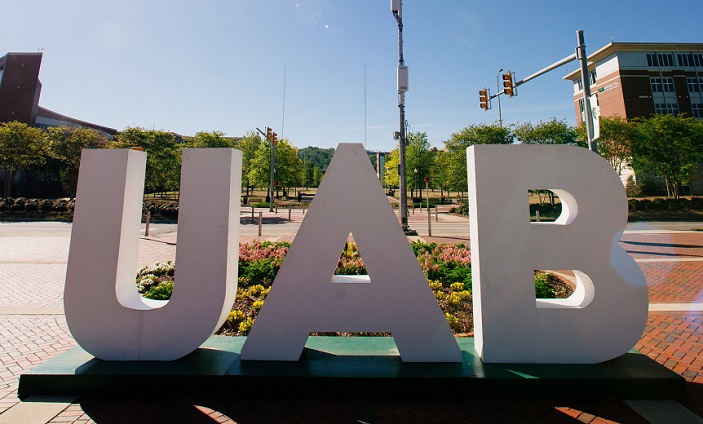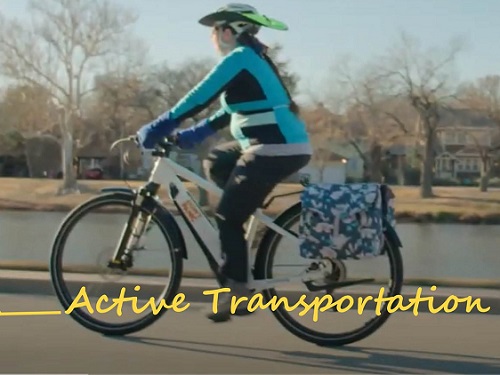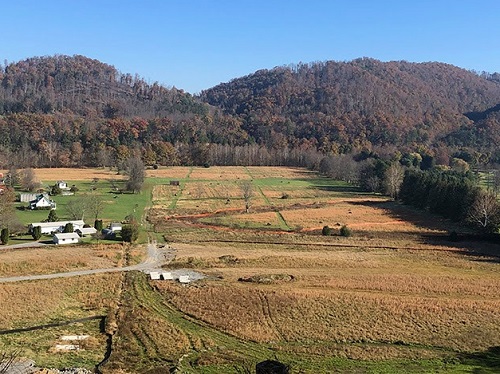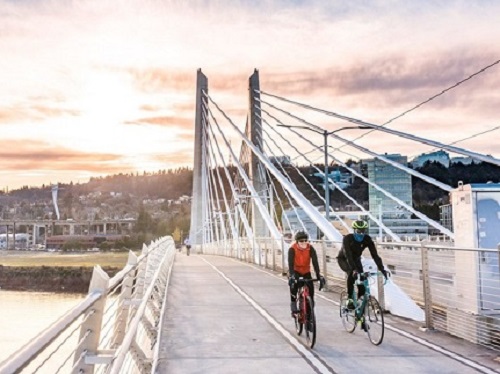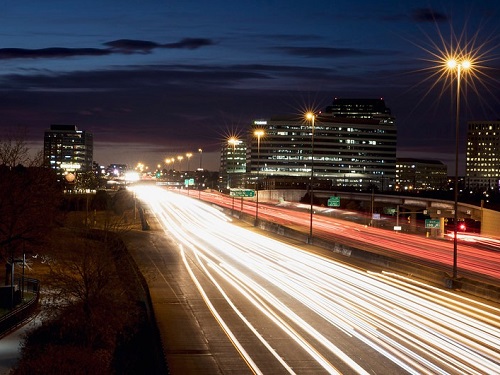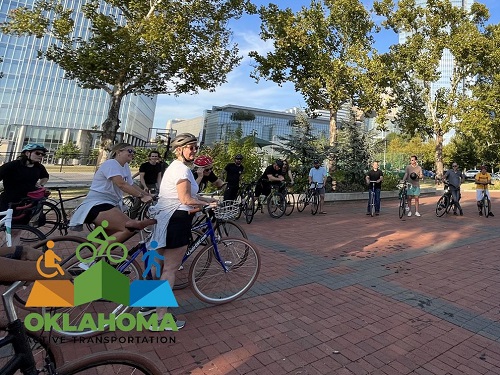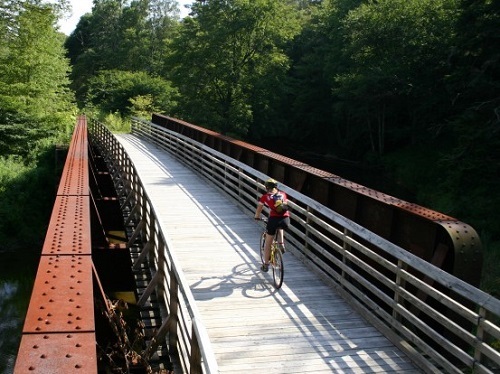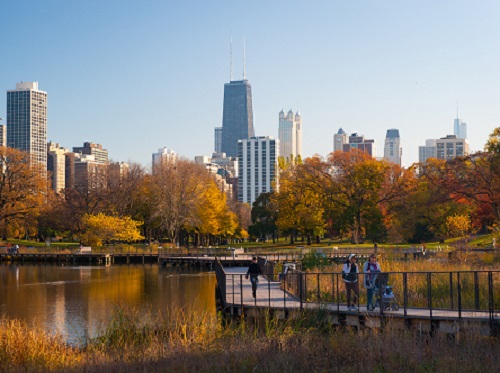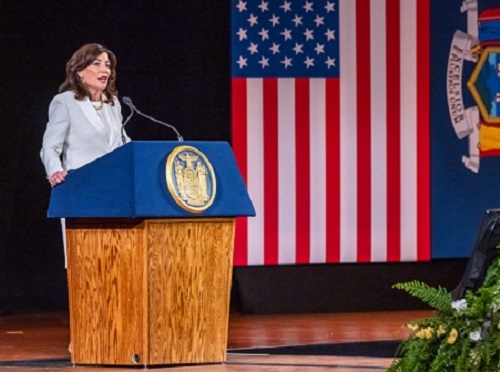Researchers at the University of Alabama Birmingham recently unveiled a new smartphone-based application called “StreetBit” that uses Bluetooth beacon technology to prevent pedestrians from becoming distracted while navigating road crossings.
[Above photo by the UAB]
The school said the StreetBit app sends auditory and visual warnings to a distracted pedestrian’s smartphone as they approach a street corner where Bluetooth beacons are installed.
A new study co-written by five UAB researchers shows that the application is not only helpful, but also cost-effective by providing a template of how existing data sources can be leveraged to do cost-benefit analyses for any interventions designed to enhance pedestrian safety.
“We hope the template developed in this study can facilitate large-scale implementation of any intervention designed to prevent pedestrian fatalities and injuries by providing policymakers with information on the net benefits of the intervention,” said Jillur Rahim, first author of the study and statistician II in the UAB School of Public Health, in a statement.
“The findings can lead to significant cost savings for the states and, most importantly, save pedestrian lives by facilitating large-scale adoption of such programs,” Rahim added.
UAB said the Centers for Disease Control and Prevention has noted that more than 7,000 pedestrians were killed in the United States because of crashes involving motor vehicles in 2020, and that part of this issue can be attributed to excessive smartphone-related distractions.
For its study, UAB researchers analyzed pedestrian injury and death rates, expected costs per injury, and prevalence of distracted walking and estimated that StreetBit, or similar interventions, can potentially save between $18 million and $29 million annually in Alabama alone.
Even under the most conservative scenario, StreetBit could yield an estimated net annual benefit of $11.8 million for the state, the researchers said.
The UAB claimed its analysis – entitled ‘Cost–benefit analysis of a distracted pedestrian intervention’ and published in Injury Prevention – is the first U.S.-based study to demonstrate how existing data can be leveraged to predict the net monetary benefits of distracted pedestrian intervention programs.

